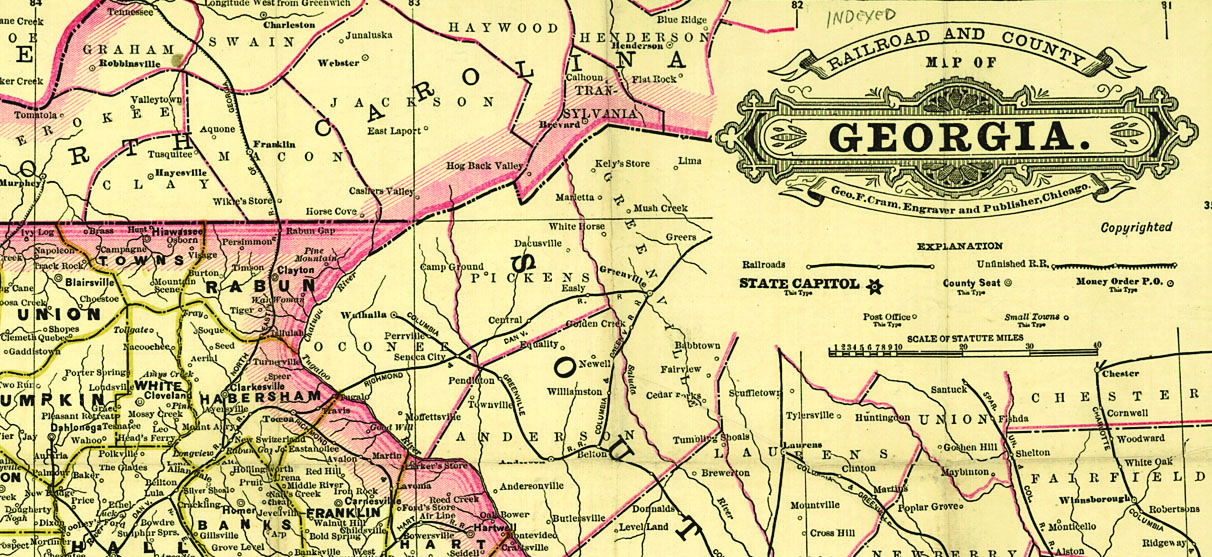Sign up for the Family Tree Newsletter! Plus, you’ll receive our 10 Essential Genealogy Research Forms PDF as a special thank you.
Get Your Free Genealogy Forms
"*" indicates required fields

On July 14, 1789, a screaming mob of nearly 1,000 people stormed the medieval military fortress la Bastille, bent on seizing weapons and overthrowing the ruling noble classes. Each year, French people worldwide celebrate “le 14 juillet” as Bastille Day (also the French National Day, or la Fête nationale), a pivotal turning point in the bloody and chaotic French Revolution. Rebelling against the Ancién Regime (old regime) that had governed French life for centuries, the working class demanded greater economic and political rights, rejecting the role of the noble class and the Catholic Church.
While Bastille Day itself doesn’t have much impact on your genealogical research, the French Revolution certainly does. As part of its rejection of the Catholic Church’s role, the revolutionary government renamed towns, regions and places whose names came from religious words like “god” and “saint.” While many of those changes were temporary, the shift can cause confusion in your research during the time period.
More significantly, as part of the Revolution, the newly created French National Assembly abolished the previous administrative system of France (in which the country was divided into “provinces” and introduced a new administrative unit called the department (départements). These new divisions were designed to ease tensions between the various regions of France and foster a stronger national identity, and France maintains a department system today (with 96 departments in Mainland France).
The map above, “the very new Map of France divided into all its Departments,” shows the country as divided up by French revolutionaries in 1791, allowing you to pinpoint in what department your ancestor lived during the late 18th century. Though departmental boundaries have changed over time, knowing which one your ancestor lived in will help you discover records, as departmental archives hold census returns, civil registration records that are more than 100 years old, and (usually) church records created before the adoption of civil registration. And, since French civil registration began in 1792, the map above represents the country’s political boundaries and internal divisions at the time this valuable record collection began, helping you more easily locate civil records.
Related Reads
If you’re just getting started researching your French roots, check out “Finding Your French Roots.”
Last updated: February 2025








